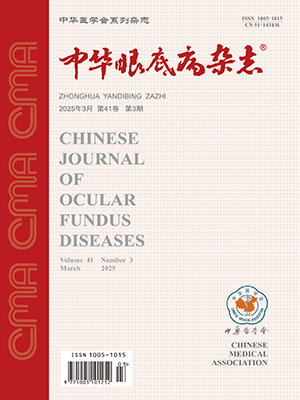Objective To analyze the clinical risk factors of the occurrence of severe proliferative vitreoretinopathy (PVR) after scleral reattachment surgery. Methods A total of 4031 eyes of 4031 consecutive patients with reghmatogenous retinal detachment (RRD) and PVR (grade C1 or less), on whom the scleral buckling was performed, were retrospectively studied. Twenty-two clinical charac teristics of the patients (including the ocular tension, condition of lens and vitreous, characte ristics of retinal detachment, whether or not with choroidal detachment, et al) were recorded.In 4031 patients, 2660 were followed up for more than 3 months, and 72 (in PVR group) of the 2660 patients underwent the second surgery (vitre oretinal surgery) because of the occurrence of postoperative seve re PVR; in the other 2588 patients, 72 (72 eyes) with retinal reattachment for more than 3 months were selected randomly as the control. The data were analyzed in SPSS (10.0) software. Results Logistic regression analysis revealed that the significant risk factors for PVR were incomplete posterior vitreous detachment ( P<0.001), intraocular pressure lt;7 mm Hg(1 mm Hg=0.133 kPa, P<0.002), and large retinal tear ( gt;2 DD,P<0.005). Conclusion Incomplete posterior vitreous detachment, intraocular pressure lt;7 mm Hg and large retinal tear of the patient with RRD may be the major risk factors for PVR. (Chin J Ocul Fundus Dis,2003,19:141-143)
Citation: WANG Fang,CHEN Fenge,FANG Lizhen. Clinical risk factors for severe proliferative vitreoretinopathy after scleral buckling surgery. Chinese Journal of Ocular Fundus Diseases, 2003, 19(3): 141-143. doi: Copy
Copyright © the editorial department of Chinese Journal of Ocular Fundus Diseases of West China Medical Publisher. All rights reserved




